HERMANN
BERGAMELLI
VIEWING ROOM ->In these works Bergamelli hybridizes painting and weaving, giving them a particular visual-tactilecharacter, and with this a deep sense of intimacy, warmth, familiarity. The artist investigates the generative potential of the repetition of simple gestures. By revealing the power of praxis to order time through action on matter, he aims to experiment with production processes, rather than achieving preordained formal outcomes. From thought, to its continuous becoming matter, to return to reflection: each work is the pretext for an exploration, which the artist faces and offers to the public. +
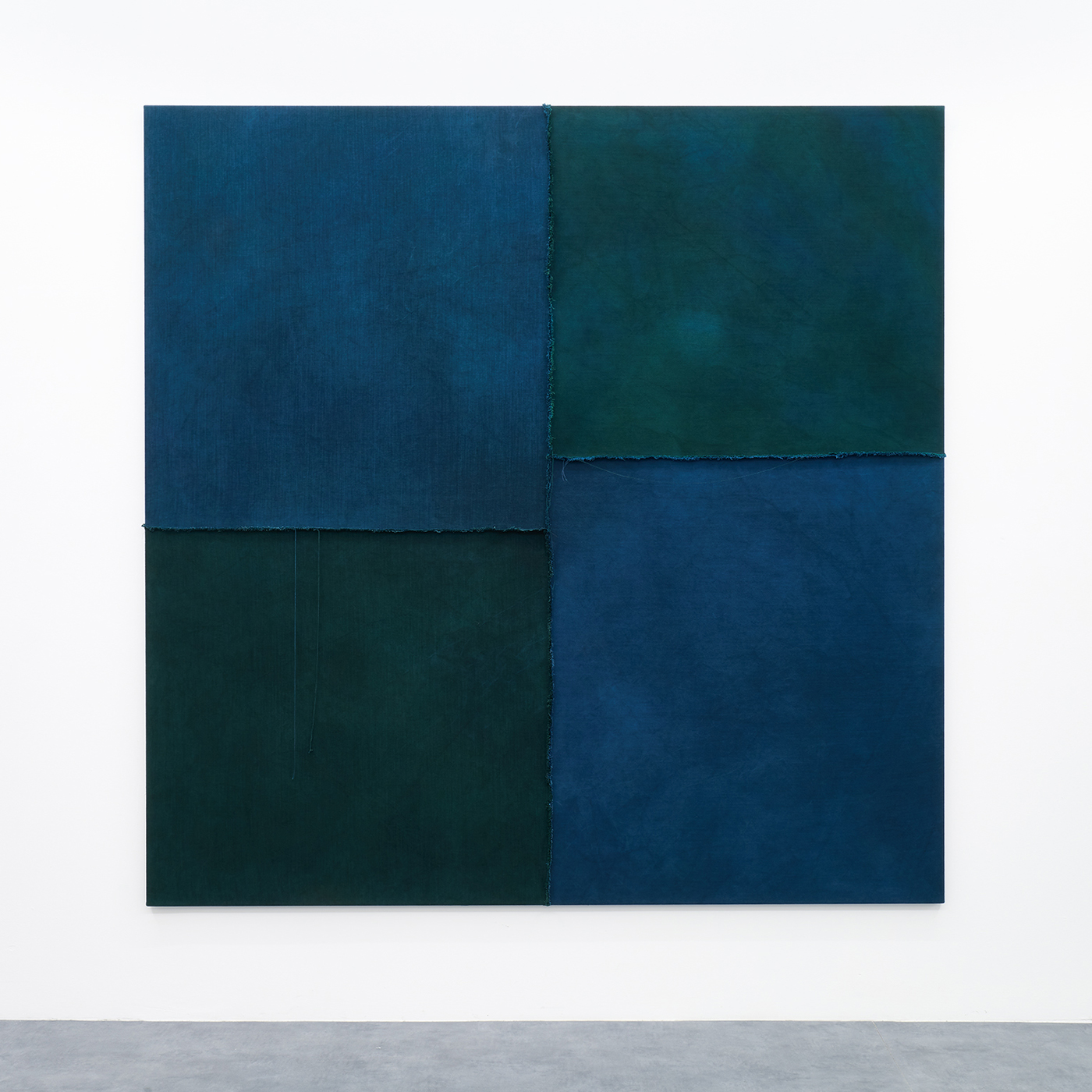
LUDOVICO
BOMBEN
VIEWING ROOM ->In Ludovico Bomben’s works, the compositional elegance of clear and measured gestures combines ancient, often religious and spiritual suggestions, with a distinctly contemporary sensitivity for design and materials. Everything appears clear, rational and sharp in the harmonic proportions, in the dialogue of light and shadow, in reference to tradition: yet something intervenes to undermine the perception, shifting its sensitive and symbolic center of gravity. +
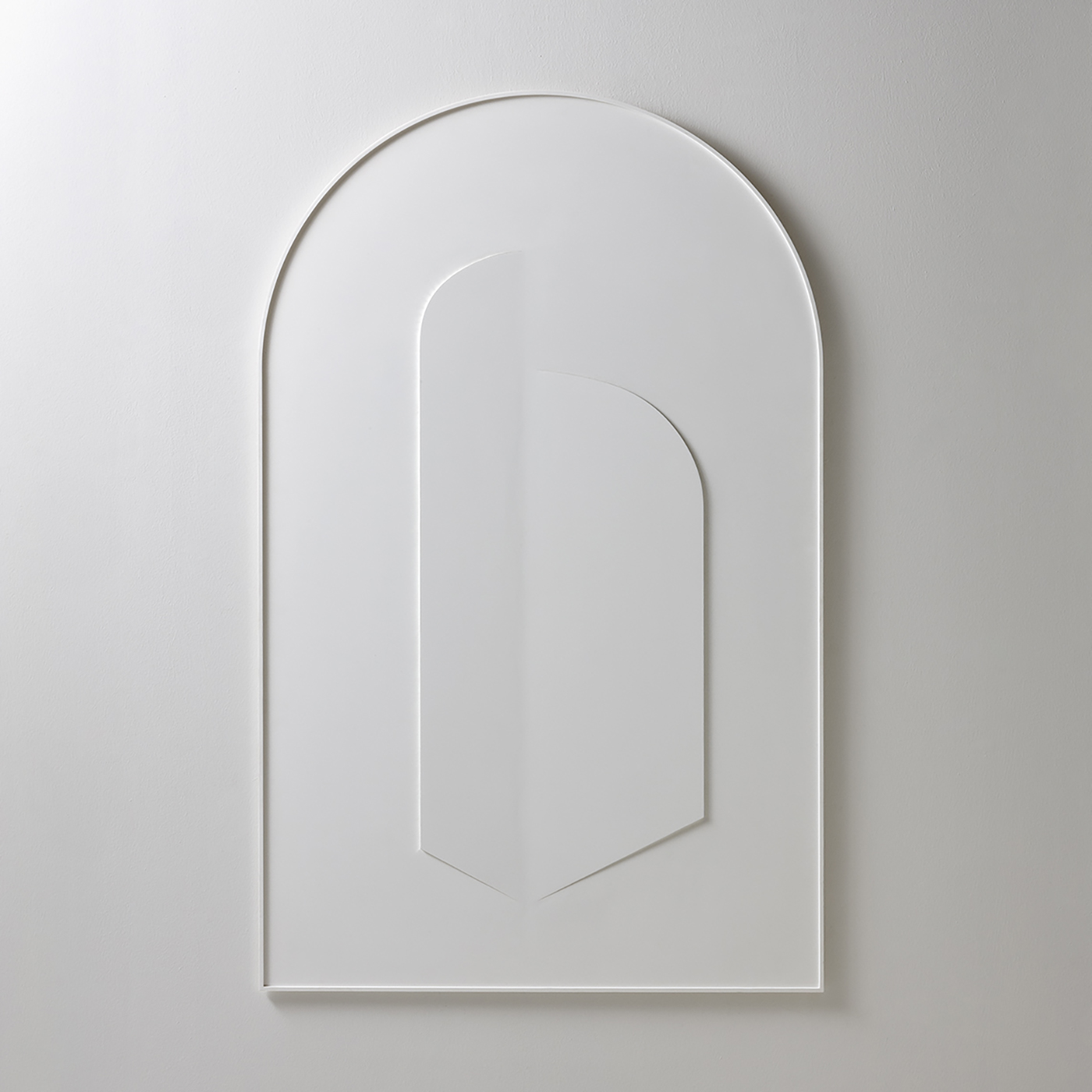
DUCCIO MARIA
GAMBI
VIEWING ROOM ->Duccio Maria Gambi blends and integrates the figures of the artist, the designer and the craftsman. In his practice he explores the potential of both artificial materials such as metals, concrete and polyurethane foam, and natural ones, such as marble, stone, onyx. The object is the center of his research: in the artist’s words it is intended as a descriptive exercise, the theme of which can indifferently be matter itself or space. +
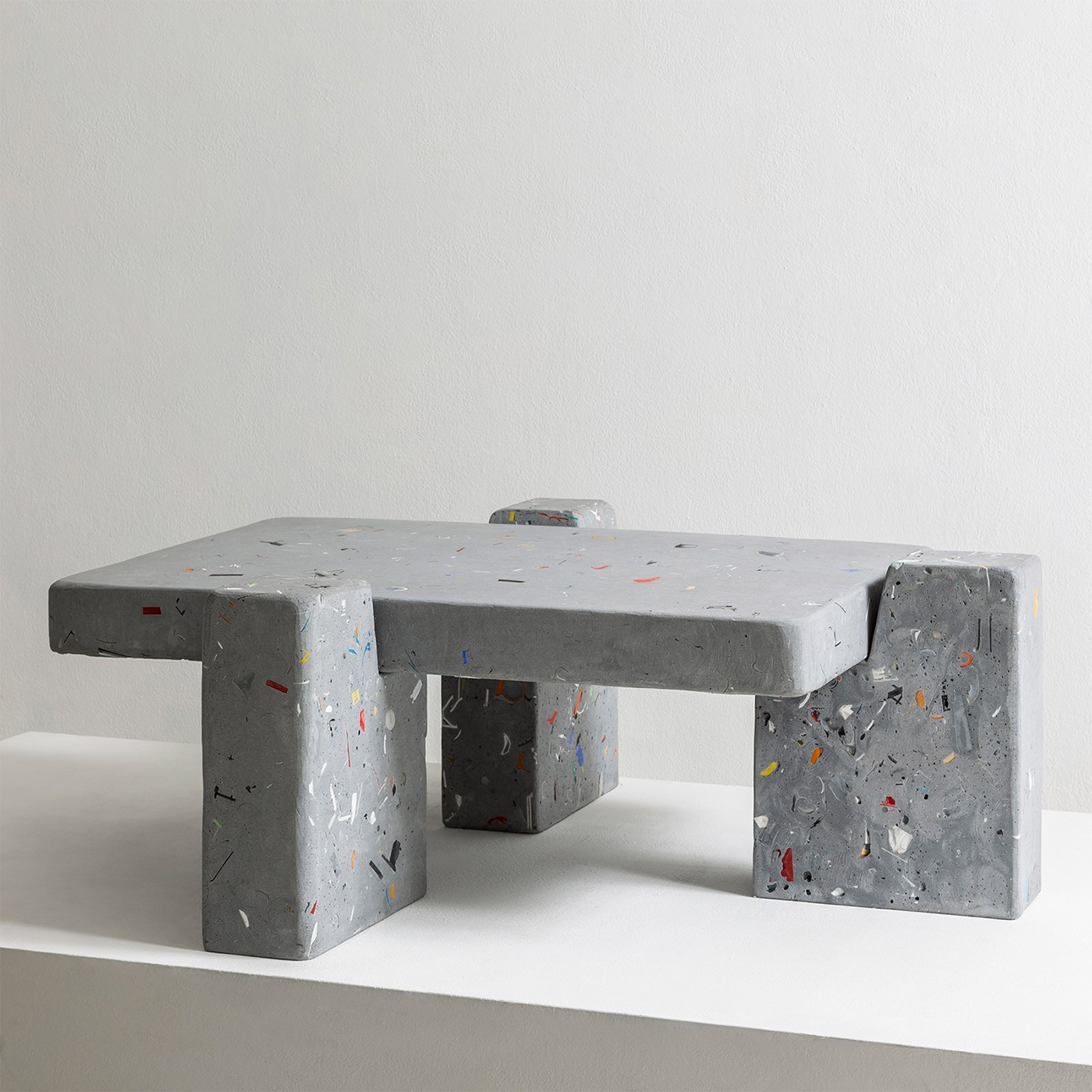
PAOLO
GONZATO
VIEWING ROOM ->Gonzato's research develops in a mash-up of elements, methods, possibilities in a broad horizon that ranges between art, architecture, design and fashion. His attitude is anti-academic and nomadic: the artist contaminates and re-signifies scraps and fragments of a globalized, commodified and mestizo contemporaneity, seeking fluidity between concepts, materials, stately and low registers, poetic and prosaic. +
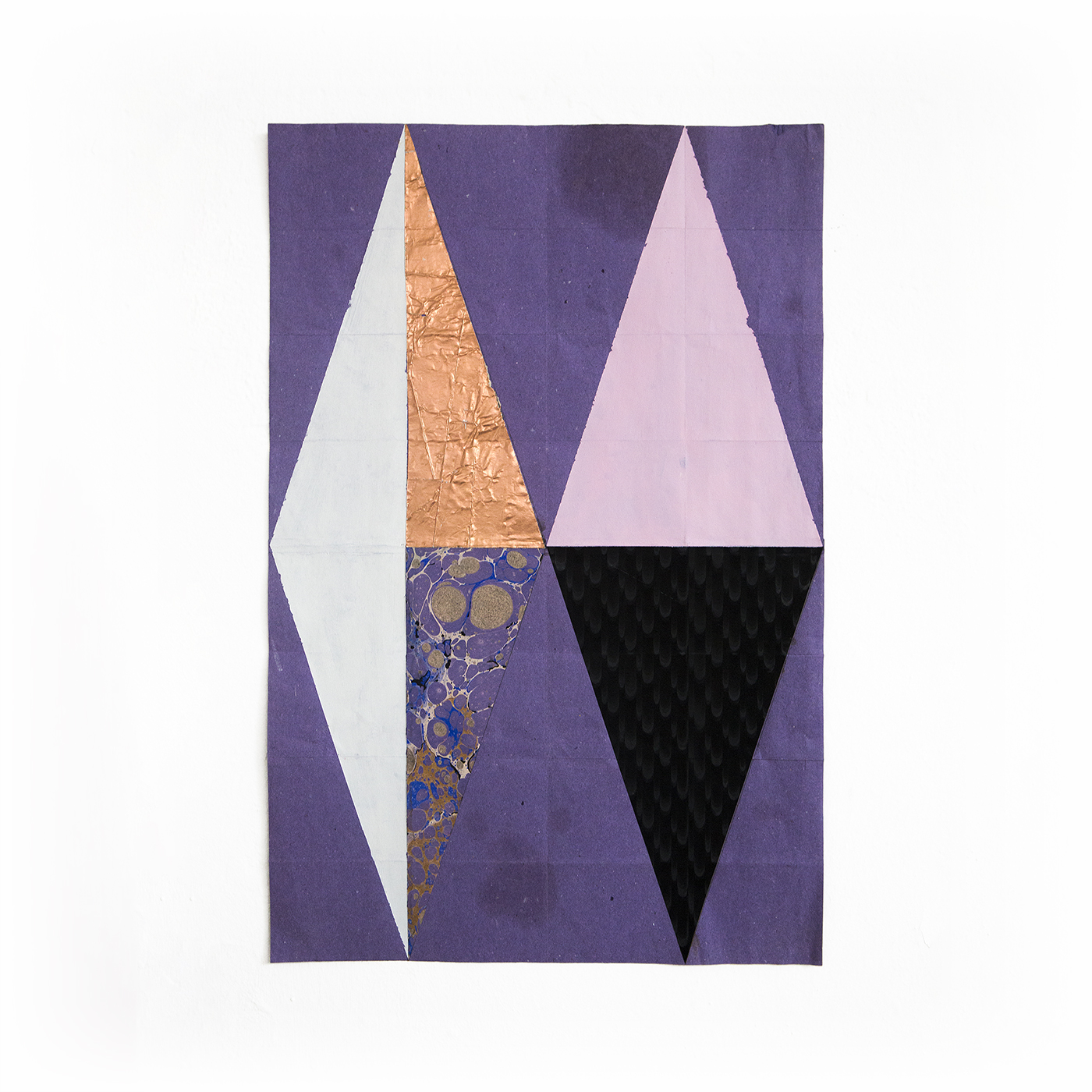
MARCO
LA ROSA
VIEWING ROOM ->In Marco La Rosa’s research, reminiscences of an archaic-classic past and innovative thrusts of the contemporary are mixed. His works make the metaphor of travel their own, both in space andin time, making the suggestions of the myth their own. His works concretize some episodes of a longed-for and universal homecoming. The speculative suggestion is combined with a rich and diversified aesthetic practice, which lingers on precious details such as the treatment of the surfaces, the refined chromatic choices and variety of the materials used. +
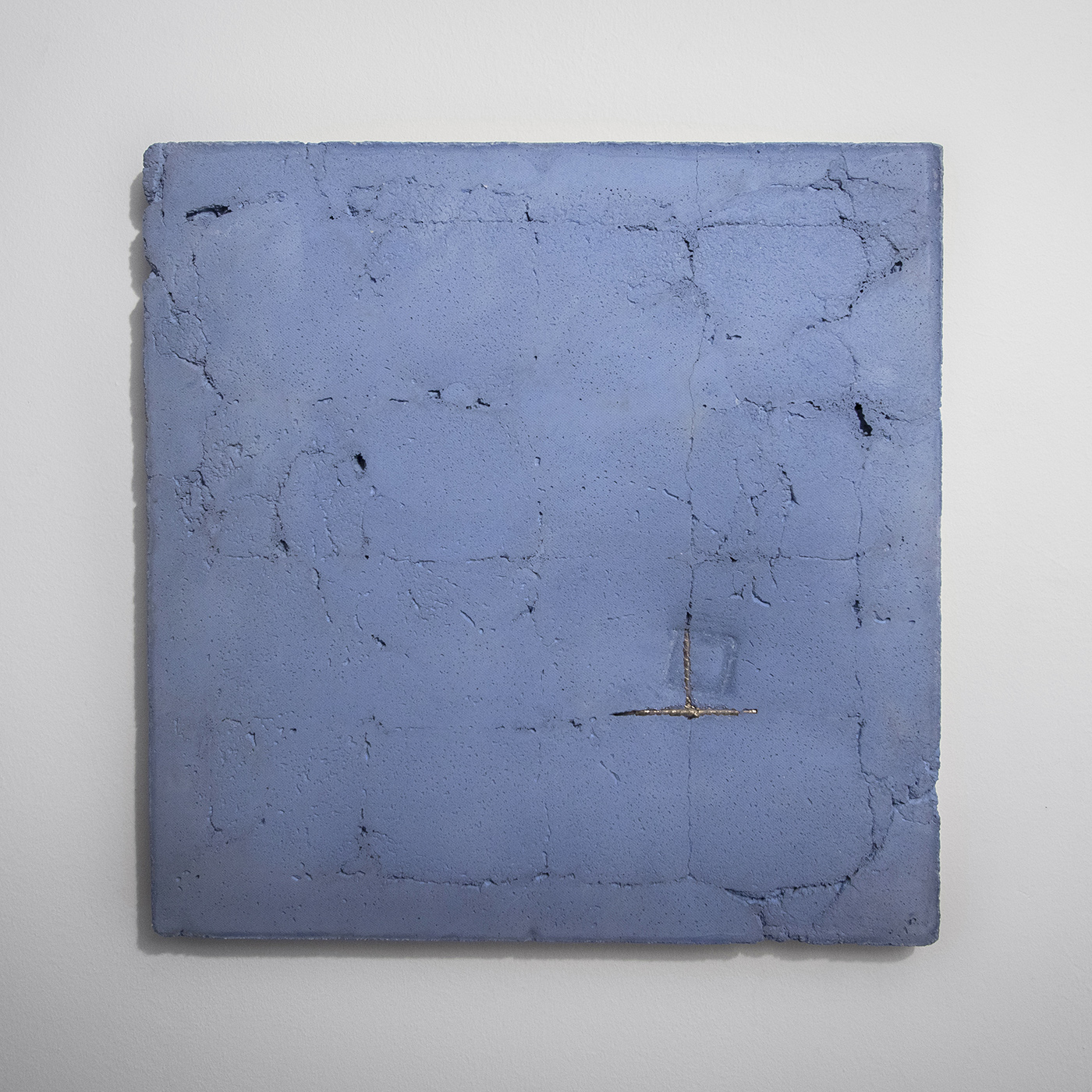
MICHELE
LOMBARDELLI
VIEWING ROOM ->Michele Lombardelli’s research is characterized by the contamination of a multiplicity of artist languages, in order to explore the limits and potential of the - in this specific case - pictorial discourse, touching its own zero degree. His paintings, in fact, at the same time so simple and enigmatic, suggest but do not constitute a narration-figuration. Disinterested in completeness, they rather investigate the margin, the fragment, the inconclusiveness. Lombardelli’s painting is a liminal fact, characterized by expectation, indeterminacy, transience. +
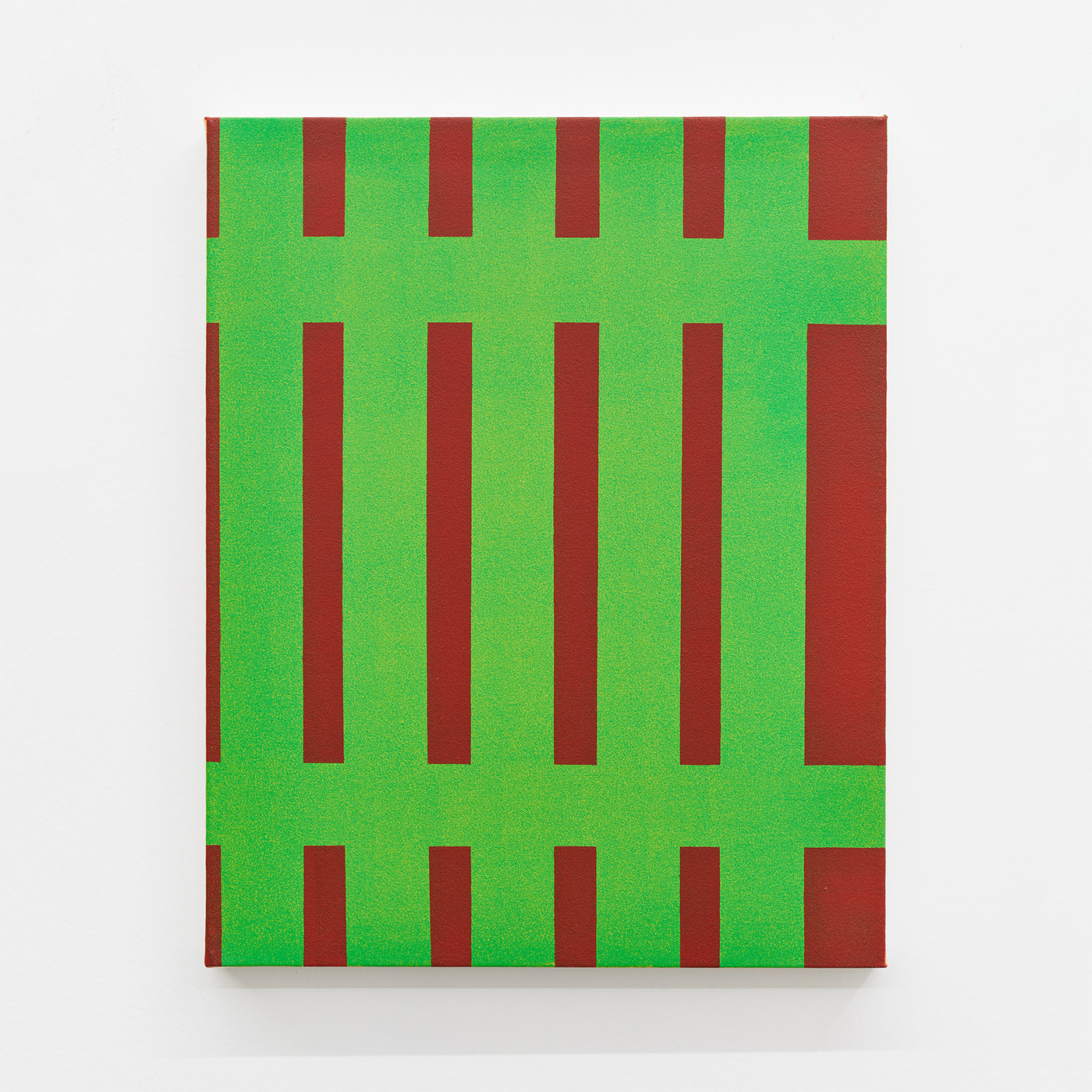
MARTA
PIEROBON
VIEWING ROOM ->The desire to imagine, build and tell worlds that go beyond what appears every day in front of our eyes, is the red thread that runs through the eclectic experimentation of Marta Pierobon. Everything, sensation or simply formal suggestion from the territory closest to us, the domestic, the intimate, the everyday, can be invested, distorted and reinvented by the generating force of the artist, fueled by a playful and dreamlike attitude. +
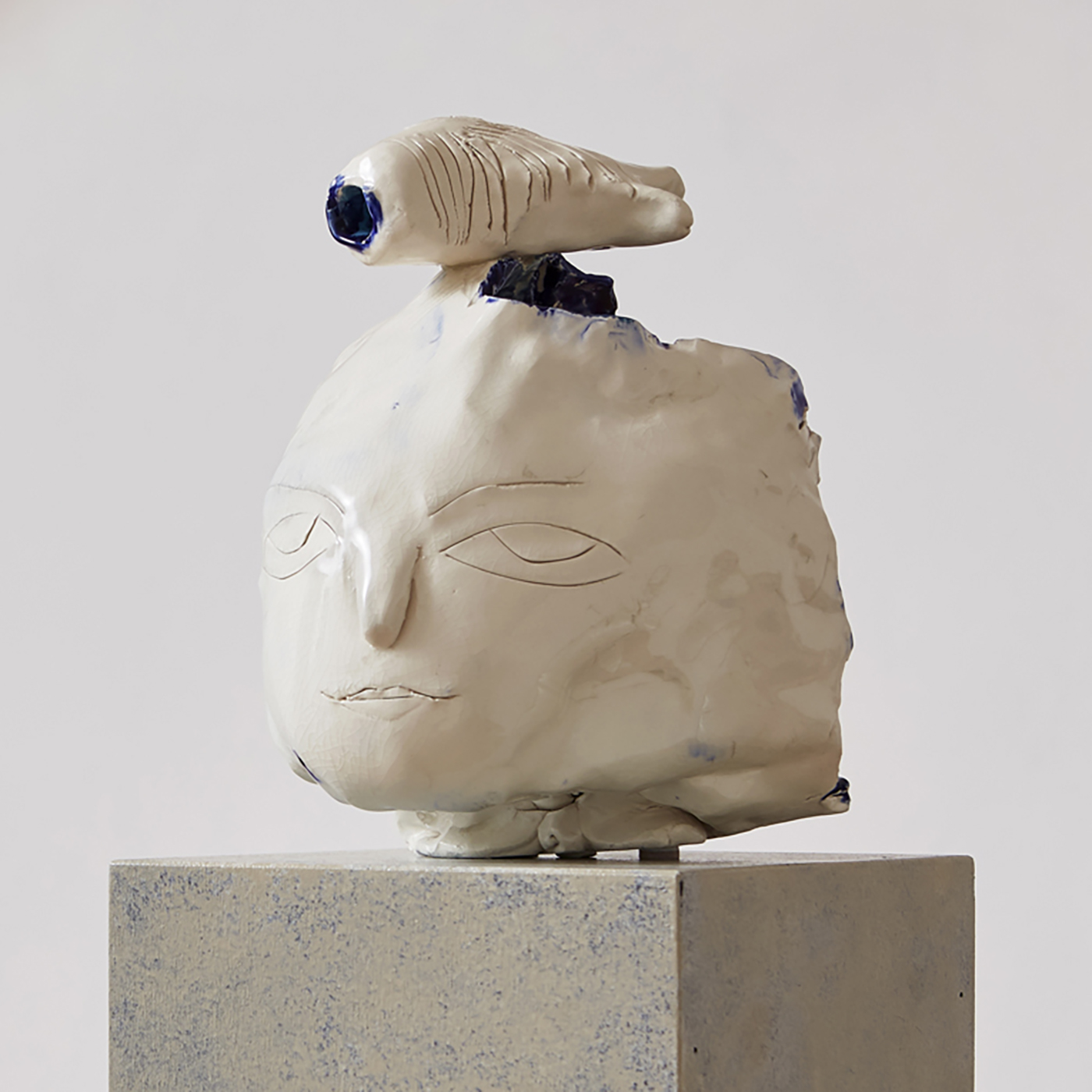
DAVIDE
MANCINI ZANCHI
VIEWING ROOM ->Davide Mancini Zanchi’s research moves from visual art, in particular from its more traditional mediums such as painting and sculpture, to then contaminate and explore other worlds and aesthetics, thanks to a metamorphic attitude. The artist’s work is a continuous repositioning, with respect to two major poles: the first is made up of the complex dynamics of the social context in which he acts, in terms of relational, taste and customs. The second refers to the long and illustrious artistic tradition, in particular Italian, which runs through all its operations in filigree. +
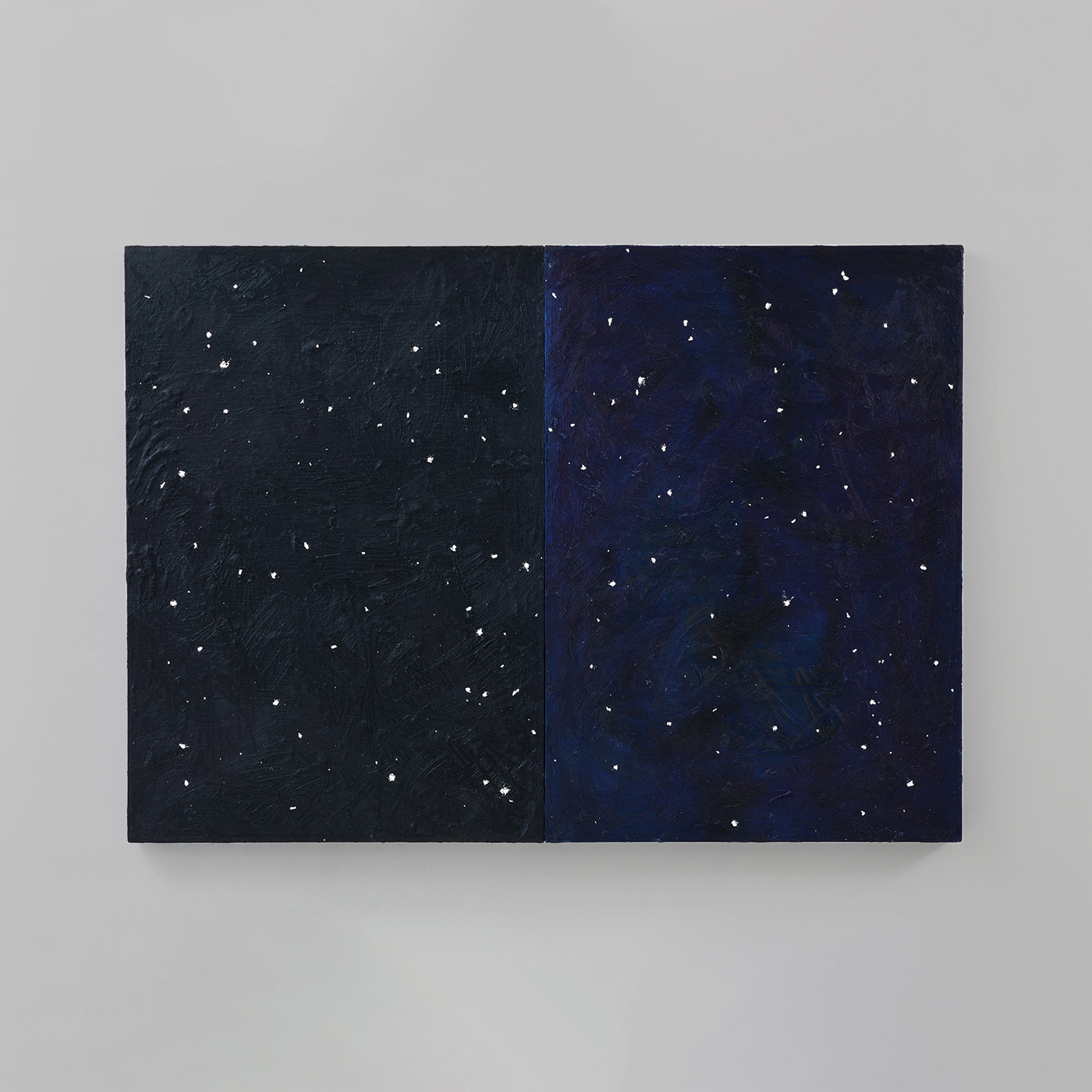
© NEST ART
